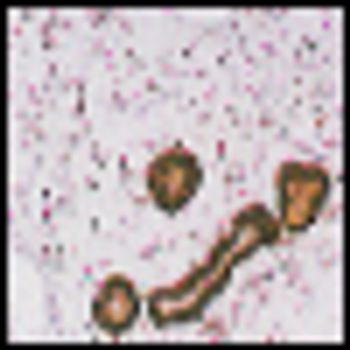
With the aging of the Western population, cancer in the older person is becoming increasingly common. After considering the relatively brief history of geriatric oncology, this article explores the causes and clinical implications of the association between cancer and aging. Age is a risk factor for cancer due to the duration of carcinogenesis, the vulnerability of aging tissues to environmental carcinogens, and other bodily changes that favor the development and the growth of cancer. Age may also influence cancer biology: Some tumors become more aggressive (ovarian cancer) and others, more indolent (breast cancer) with aging. Aging implies a reduced life expectancy and limited tolerance to stress. A comprehensive geriatric assessment (CGA) indicates which patients are more likely to benefit from cytotoxic treatment. Some physiologic changes (including reduced glomerular filtration rate, increased susceptibility to myelotoxicity, mucositis, and cardiac and neurotoxicity) are common in persons aged 65 years and older. The administration of chemotherapy to older cancer patients involves adjustment of the dose to renal function, prophylactic use of myelopoietic growth factors, maintenance of hemoglobin levels around 12 g/dL, and proper drug selection. Age is not a contraindication to cancer treatment: With appropriate caution, older individuals may benefit from cytotoxic chemotherapy to the same extent as the youngest patients.

















































































